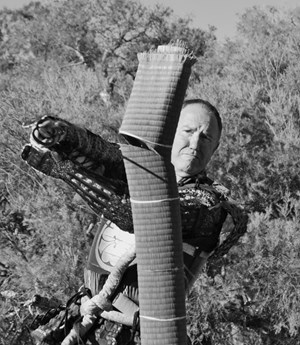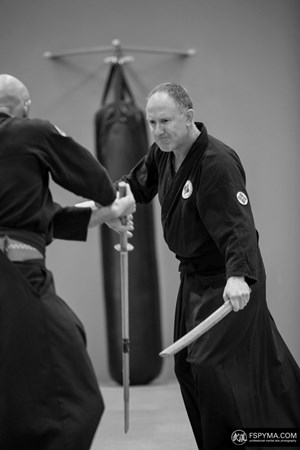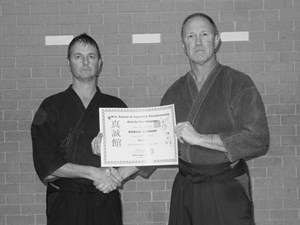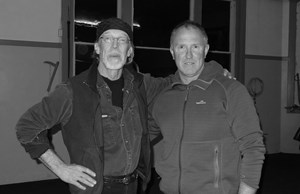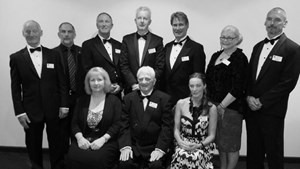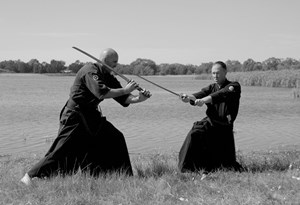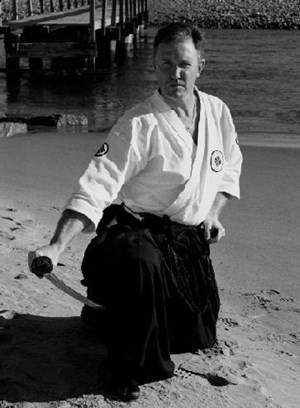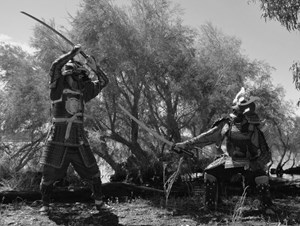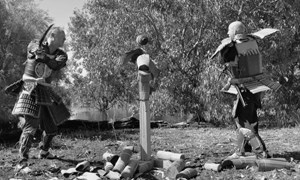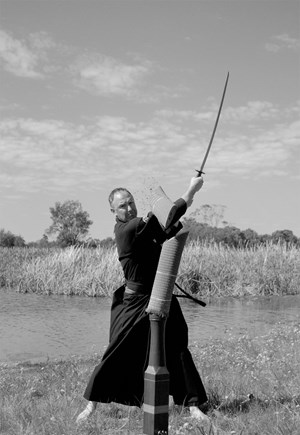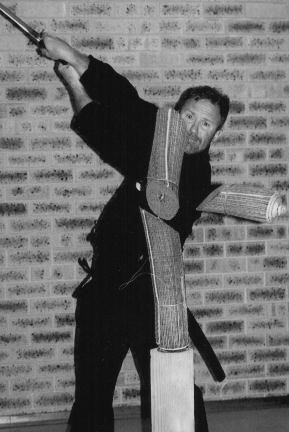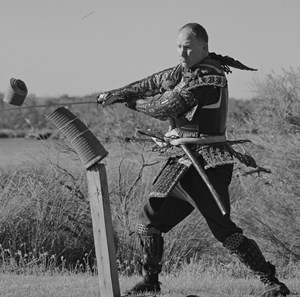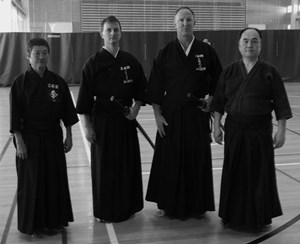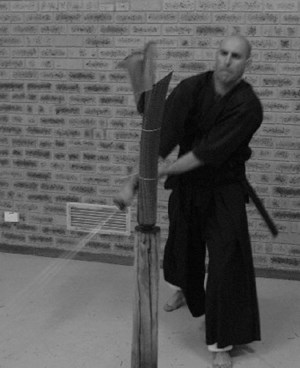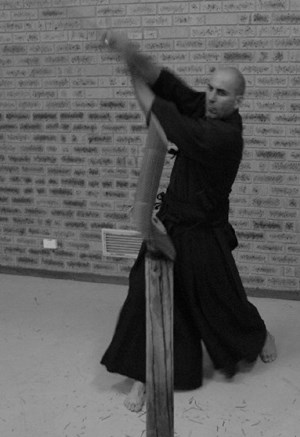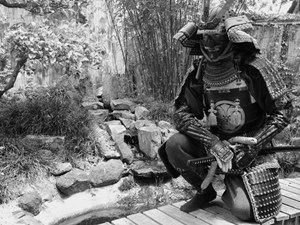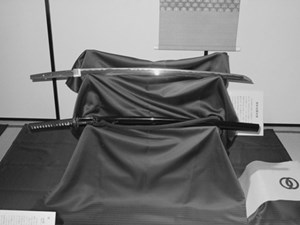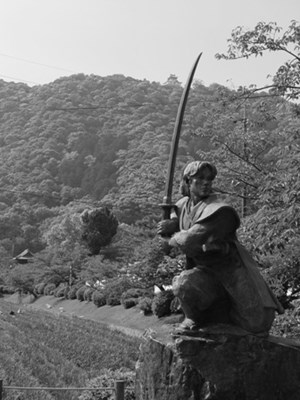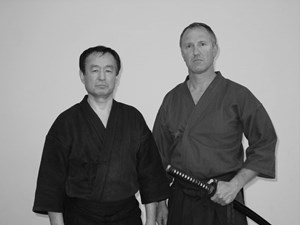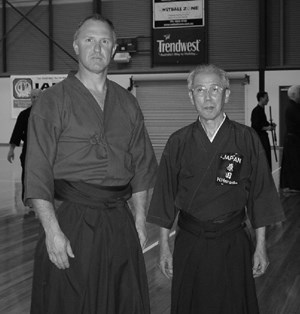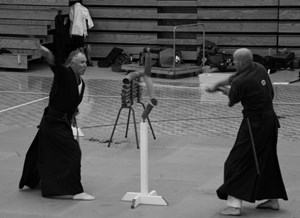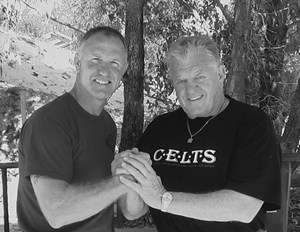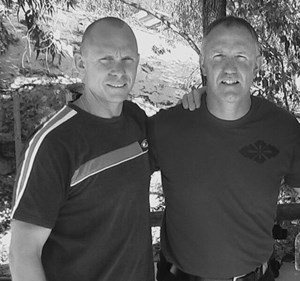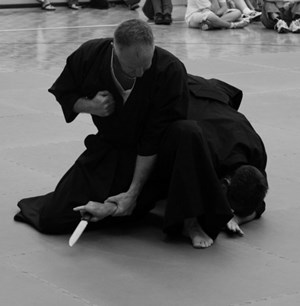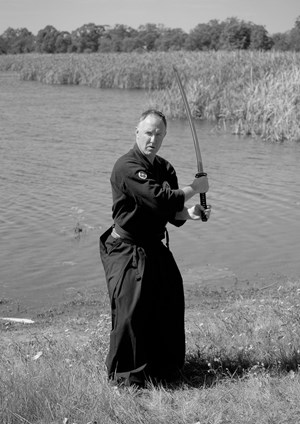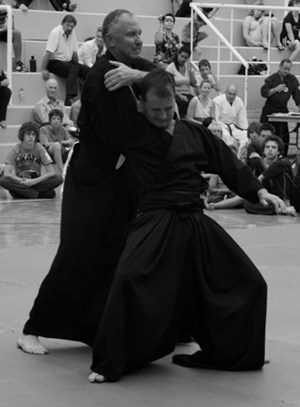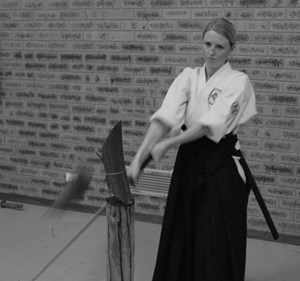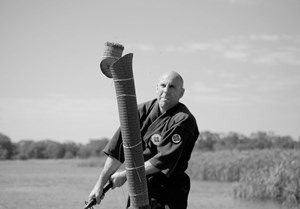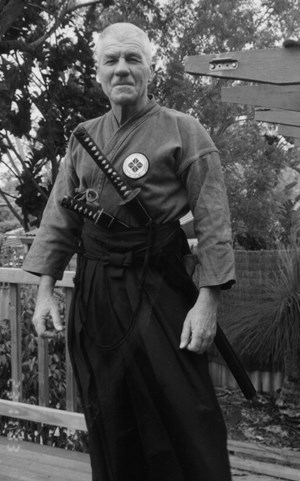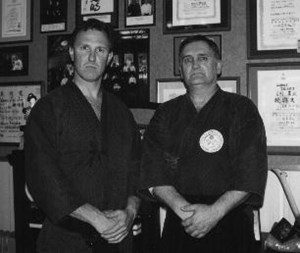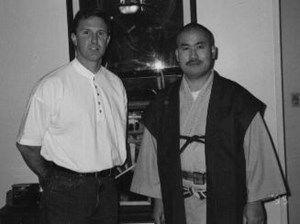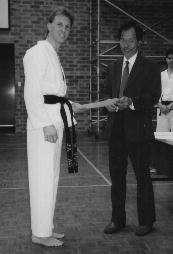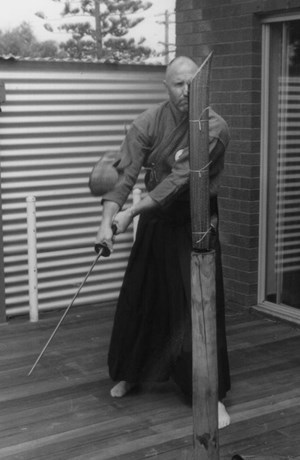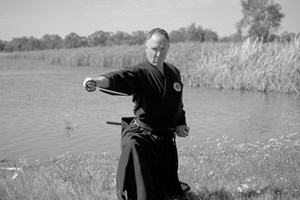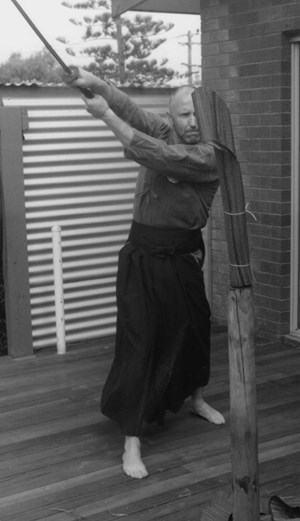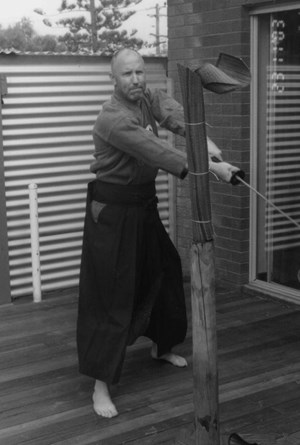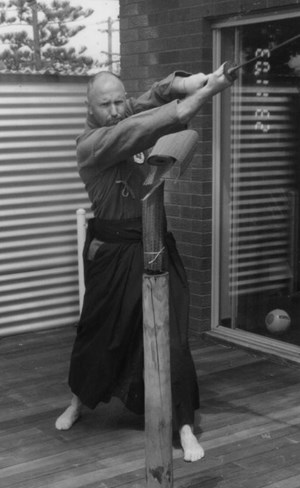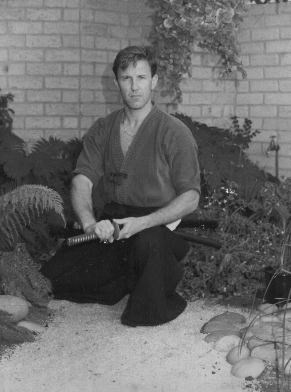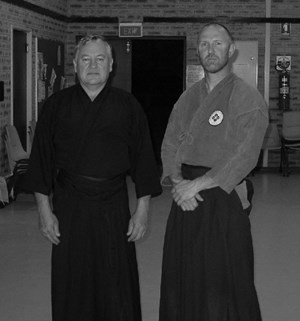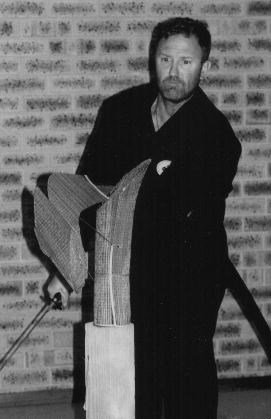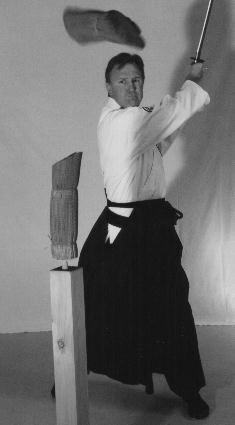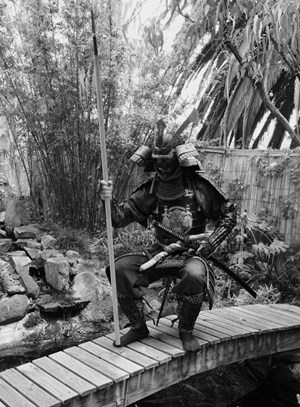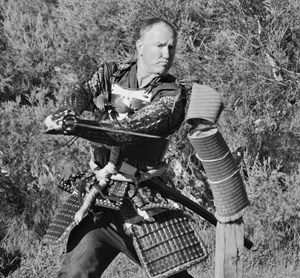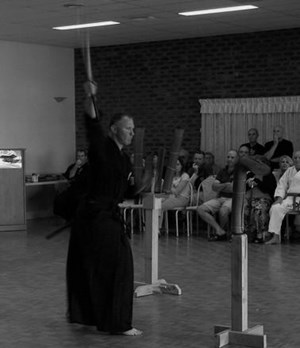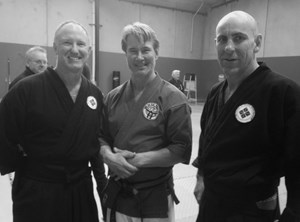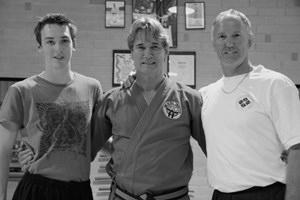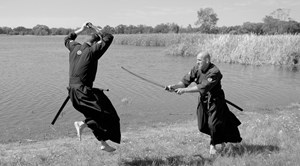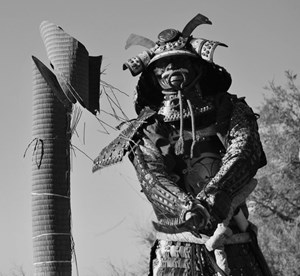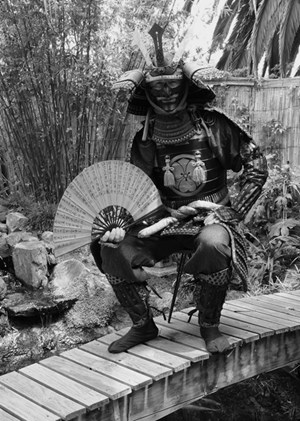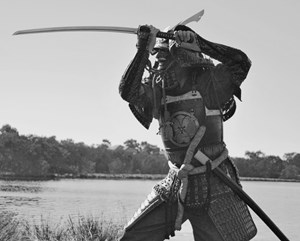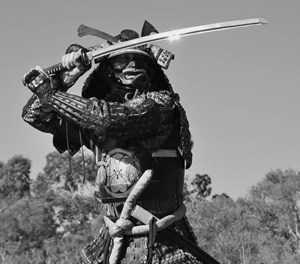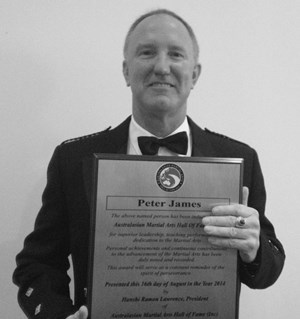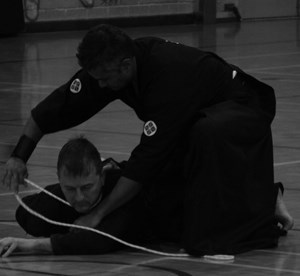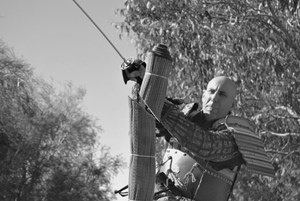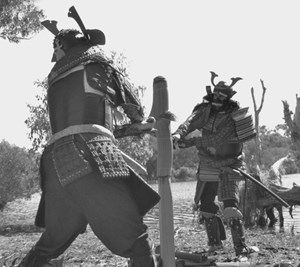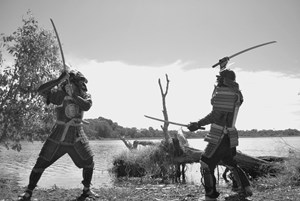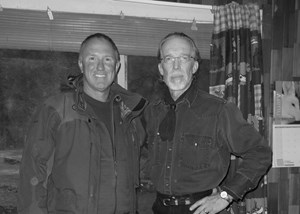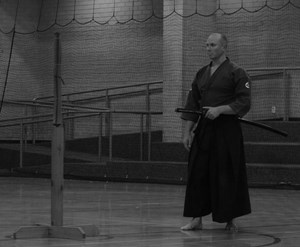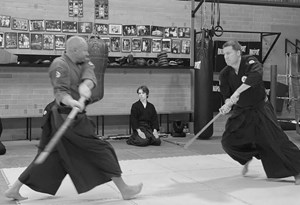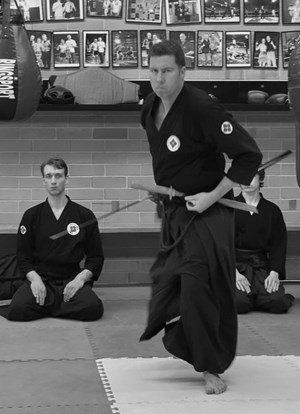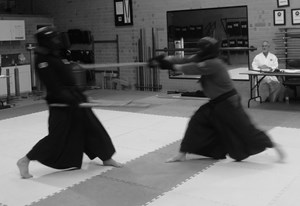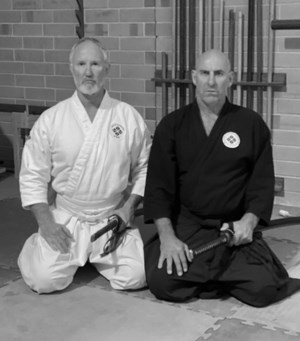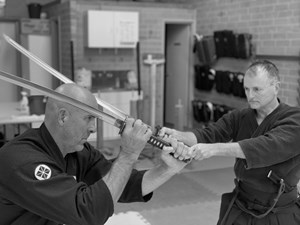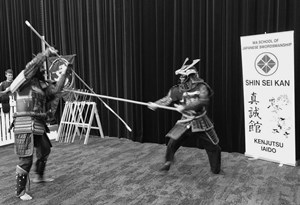Training on the Street
I am continually encouraging students training in the martial arts not to limit their learning to the dojo, but to continue studying and learning once class has finished through the application of principles. The fundamentals of Martial arts training have very strong parallels to our everyday lives. Understanding the links between the two broadens our understanding. By 'understanding' I don't mean creating multiple realities in our lives (as this only leads to leads to confusion) I mean seeing and realising that the basic principles of our lives are the same and do not change even if the application changes. To quote an old proverb 'know one thing, know ten thousand things' we can learn see some of these principles in our daily life. Learning is accelerated by having a strong understanding of a practical (or well learned) example and then attaching this to the learning of a new concepts. This is how the brain works and is an example of one of the core principles of adult learning. One example is the action of 'eating a steak with a knife and fork'. In my edge weapons teaching I continually compare this cutting and thrusting action as an example of the principles of blade work. This example is easy for me to explain and I find that students can relate to this life skill, even though they have never handled a sword before.Another activity that we are very well trained for, but which also highlights the actions necessary for success in combat is the action of 'walking through a crowd'. At the most superficial level it demonstrates the need for good technique. You have been walking since you were one, therefore the action is so well known to you that you don't think about it at all, it's automatic. This 'automatic' response should be the same as your sword technique. At training we practise continually so it becomes an auto response, (another good reason to keep the range of techniques minimal, as you can not remember everything), this free our mind to focus on other aspects of our training.
Once the techniques are 'learned and forgotten', there is an opportunity for you to pay attention to other things, such as timing, distance or speed. You can focus on the broader environment when not totally focussing on what you're is doing. When walking quickly through a crowd, you can not afford to think about the action of walking; this frees your mind to start focusing about the application of the technique in the situation you're facing, that is, not banging into people.
As a student, the focal points to concentrate on (when using the 'walking through a crowd' example as a training tool) is how to judge timing, distance and speed. An example of timing and distance is continually judging the closing distance of people coming towards you and moving out the way, or by stepping across in a way that allows you to take the opportunity of an opening as it occurs. To do this you also vary your speed step across quickly or move slowly, holding up and then darting across. If we live in the city we are well versed at these responses.
To understand the reasoning or drivers for your actions is a little harder to describe, even though we are all exercising these actions every time we walk through a crowd. Not only do we combine all of the above (timing, distance and speed), we also sense and respond to the unseen signals other people are sending. At times we are either reacting to or influencing another. Think about that, what causes me to step aside for some people or for others to step out of my way? Why is it people get out of the way for some people all the time and others find walking through a crowd a physically exhausting process? This is because we are continually sending signals at every level of our interactions with others. When speaking to other we clearly send signals to the listener, so that the listener knows when they can stop listening and start talking. Have you had a conversation with someone who doesn't send out these signals? You know when it doesn't happen. When we walk through a crowd we also send out signals, and like conversational situations, these signals are mostly subconscious and perceived by others consciously or unconsciously. Everything you do subconsciously can be brought into the conscious if you choose to do so. Knowing this means I can manipulate signals for my own advantage, in a fight situation I can send out false signals or direct the response I want through managing my own signals.
This signal process, if left entirely to the subconscious, is not fool proof. In conversation we're often cutting people off or talking over each. Usually we think nothing of it. It's the same with walking, it is easy to allow yourself to be influenced by a signal, misinterpreting it and ending up doing the little mid street shuffle or making contact with someone; an annoyance but not an unusual event. Sometimes this misinterpretation is due to focusing too long on the wrong thing or specifics; this is called the 'stopping mind'.
So if walking through a crowd works reasonably well for us when it's operating at a subconscious level imagine how powerful it can become at a conscious level.
When we walk through the crowd every second or so we observe a new person, evaluate their intent through body language, make a decision of action and commit to that action. This happens time after time and my passage is smooth and efficient. If we signal our intent early we can make the other person react early, judge that reaction and then commit to our action. If we signal early enough and make our 'intent' signal strong enough we can start to influence their limited decision opportunity in that situation, that is 'they get out of my way'.
So in walking we bring together good technique (Wasa) by focusing on the activity (Zanshin), we reading people's body language and creating reaction and possibility influencing them to react in a certain way whilst applying timing, distance (maai) and speed in a dynamic environment to achieve our goal. For the swordsman this should sound very familiar because it is the flow of the fight. The only different is our goal is to cut down the opponent rather than walk past them.
How we can influence the people around us in combat is another paper on its own for the future. At this stage you should be aware that it happens, be conscious when it happens, recognise your own part in the action and start to make conscious choices rather than leave it all to the subconscious. Then start experimenting. Recognising and appreciating the activity of walking through a crowd.
